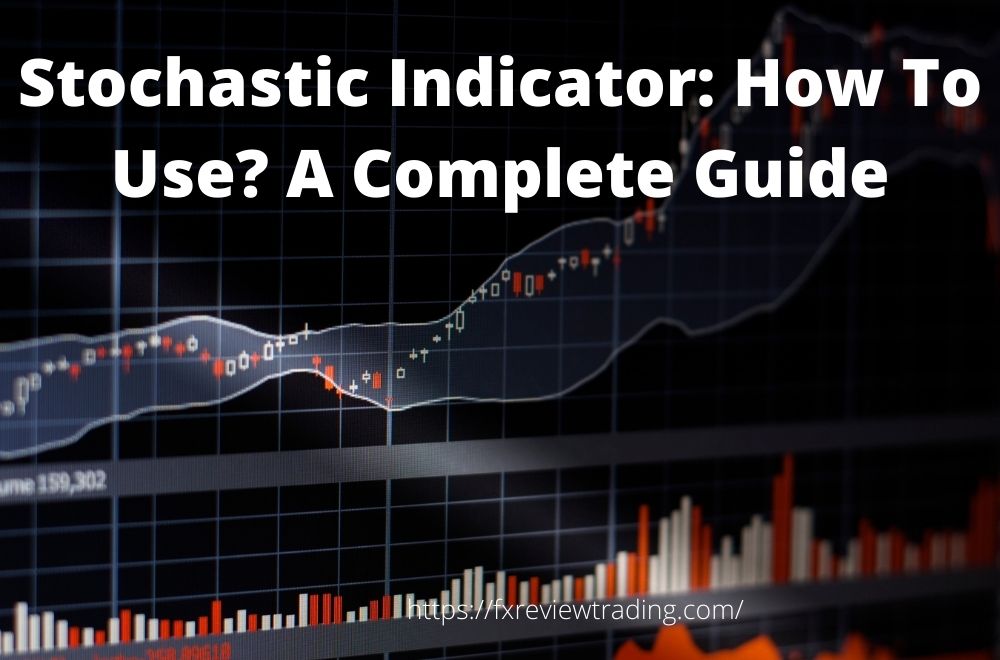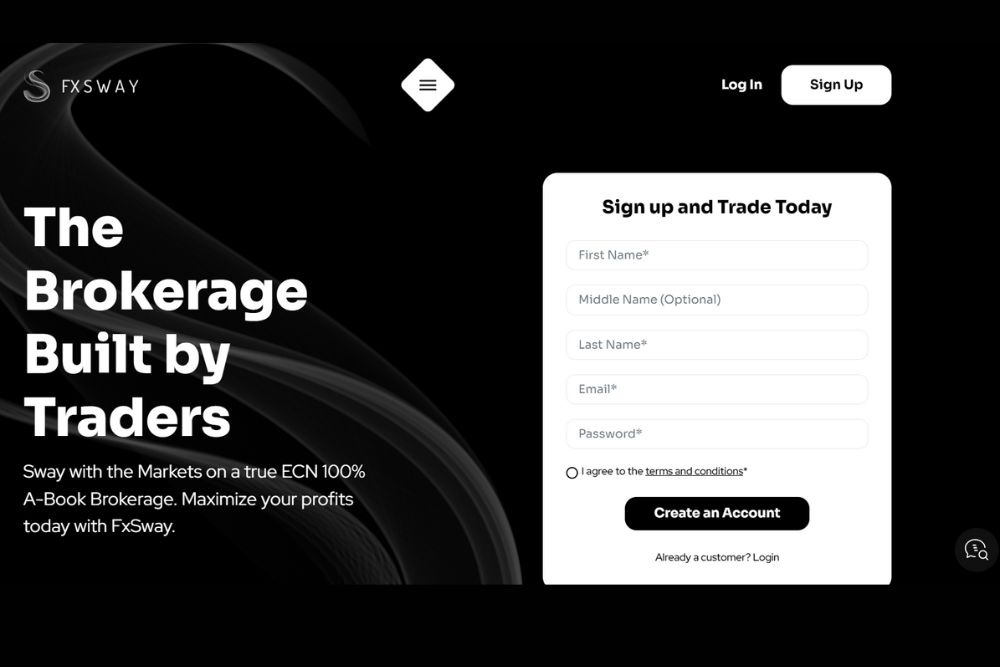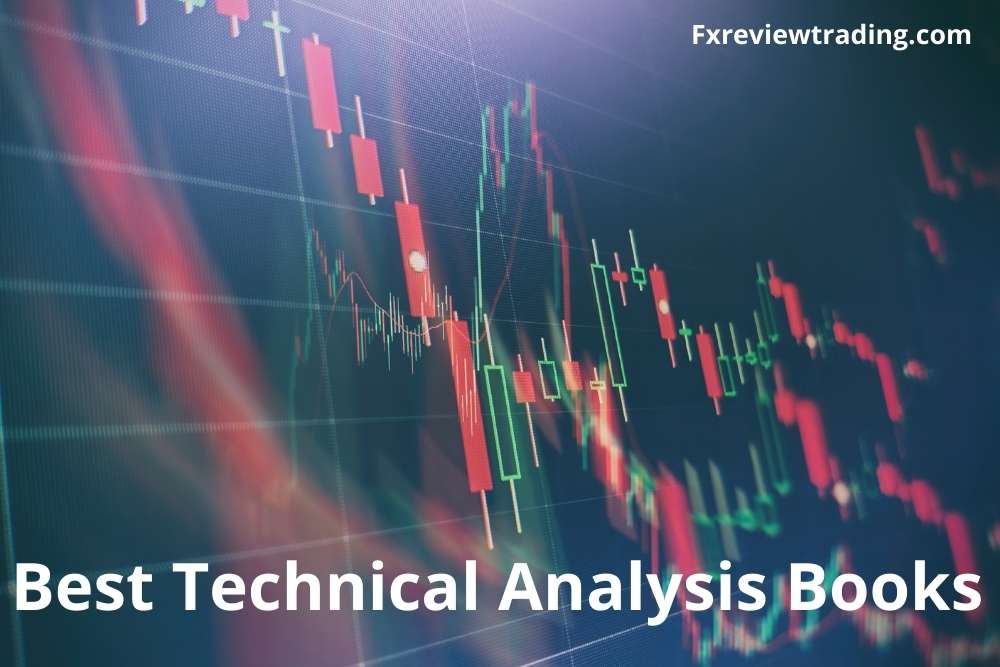The financial market is a term that we all are scared of as they make someone rich or poor within seconds. Trading has always been a risky place, and if traders go blind, they might end up losing. In such circumstances, traders take the aid of brokers who assist them in trading with their services. But, what kind of service could make the trade simpler?
No, there’s no trick to trading or investing, but the market forecast is the option traders could enjoy. Brokers have introduced in their services unique features called trading platforms, analytical tools, indicators, expert advisors, automated trading, charts, etc. All these are useful for traders’ market investment as the market is well known when these are implied on the charts and patterns of trade.
There are several trade indicators in the market; the article will be focusing on the stochastic indicator. The most used trading indicator that has guided traders for investing and making correct trading decisions. Let’s begin knowing the trade better with a deep analysis of indicators.
Trading Indicators
When trading, investors use tools on the charts and patterns formed to study the market instrument’s price movement. The tools that are applied are called the trading indicators. These give an overview of the trade instrument and the direction of the price movement. Thus, having a clear understanding of the market instruments.
These can tell traders if the asset is trending or ranging in the market. Other than this information, traders can have an idea of whether the market instrument is overbought or oversold in the market. The trading indicators are necessary for market analysis as they assist in better trade and market understanding.
The indicators are studied on charts, but how do we know or get them displayed? So, this is done in two ways; the first one is with a separate area below the chart; the best example of below the price chart is Moving Averages Convergence and Divergence (MACD) and Stochastic Indicator. The second one is visualised directly on the price charts like Moving Averages, Bollinger Bands etc.
Moreover, the trading indicators are divided into two significant types: the leading and lagging indicators. The leading indicators give traders signals before the price change takes place, whereas the lagging indicators provide signals that confirm the behaviour of price action in the market. A trader can trade with an indicator that best suits their market, trading instrument and the desired goal.
Types of Trading Indicators
Investing in the market has various options, and traders choose the indicators or tools that support them. Indicators work differently with the market conditions and instruments, but another important factor to it is the calculation process of the indicator. The indicator’s calculation process is essential for the traders as this defines the market instrument invested.
The indicators are specifically of two types:
- Trend indicators
- Oscillators
Trend indicators are helpful tools that give investors signals of the market price trend. The price of the instrument is what drives the traders, and getting pictures of the same could be top-notch. As traders can analyse the price change and accordingly invest their funds.
Without the indicators, it is difficult to understand the price fluctuations and direction. Hence indicators give a clear analysis of the price change and strengths of the market.
Trend indicators are of lagging nature and help find the entry and exit market points. Moreover, traders can find the strength of the market trade and invest.
Oscillating indicators are used by the investors to know the upper and lower boundaries of the instrument invested. These are applied when the instrument price is moving in range and help determine the overbought and oversold situation of the market.
The oscillations between the upper level and lower level give a brief idea of whether traders should go investing or sell the instrument to earn high profits. These are in trend in the financial market, and traders use them widely for a better market aspect. The stochastic indicator is the best example of oscillators, and the article discusses the same for good market trade of the readers.
Stochastic Indicator
The stochastic indicator was developed by George C. Lane in the 1950s. It is also called the stochastic oscillator that helps traders analyse the market movement of the instrument. A momentum indicator, stochastic, shows the traders location of the asset from high to low range within a defined period of time. The inventor of the tool has specifically said that a stochastic oscillator does not follow the price or volume of the trade.
But what it focuses on is the momentum or the speed of the trading instrument’s price. The traders imply bullish and bearish divergence in the trade to foreshadow the reversals. In addition, the stochastic indicator identifies the bull and bear setups of the market to know the future market reversals.
A range-bound trading tool; stochastic oscillations are a great source for analysing the overbought and oversold market situations.
Calculating Process of Stochastic Indicator
When using stochastic indicators, traders should be aware of the manual calculation that goes behind them. With the advancement of technology, the calculation is done automatically using tools and trading platforms. But here, we have the calculator process of stochastic oscillations essential for the trade.
The formula used for calculating:
%K = (current close- lowest low)/ (highest high – lowest low) x 100
%D = 3 day SMA of %K
(SMA is simple moving average)
The lowest low is the lowest low for the lookback period.
The highest low is the highest low for the lookback period
%K in the formula is multiplied with 100 to move the decimal point two place
The formula of a stochastic indicator is simple if used properly. The calculation has some default settings, such as the formula in default considers 14 periods of time. It could be in days, weeks, months or day trade.
When the formula mentions the 14 period %K, it is of the recent market close. In contrast, the highest high is of the last 14 day period, and the lowest low is of the same time period.
The % D is the three days simple moving average of the %K. The %D line is plotted on the chart in line with the %K that acts as the signal for the investors.
Interpreting Stochastic Indicator
Interpreting the results from the study of stochastic indicators on charts is not that simple. Traders have to know several factors and the way that would give correct market predictions. The trading indicator measures the overbought and oversold situations, along with that the level of the relative close of the high-low of the instrument are also identified for a given time period.
To get it better, let’s take an example, we assume that the highest high of a trading instrument is 120, the lowest low is 100, and the close is equal to 110.
In the data, the high low range is 10 and is used as the denominator of %K. Similarly, the lowest low close is at 10, which is the numerator. So, in the formula, 10 is divided by 10, which gives 1. Then the end product is multiplied by 100 to get the %K; thus, 1 is multiplied by 100, which gives 100. Once this calculation is done, traders can move to the next step.
When the close is in the upper portion range, the stochastic indicator is above 50, and when it is below 50, the close is in the lower half. Trades can read the position of the line and have an analysis of the movement of the range.
The range when is below 20, which are the low readings then traders take it as the low price for the set of time. The high readings of the oscillators are above 80 and indicate that the price of the instrument is at high for the time period.
Readers can, with this information, study the charts formed and know the market conditions and accordingly invest. Here is a quick overview of the study of the stochastic indicator:
- The stochastic indicator is most useful when trading in a broad range or the slow range.
- When the indicator is at a high level, this gives traders the idea that the instrument’s price closed near the top 14-period range. In the same way, when the indicator is at the low level, this signals that the price closed near the low of the 14 day period range.
- The basic rule of the stochastic indicator is that the prices will close near high if there is an upward trending market. In contrast, the down-trending market will have prices near to the low.
- The prices, when studied by a trader, should check that if the price is moving or slipping away from the high or low, then it is indicating a slow momentum.
- It is a great tool for identifying the overbought and oversold situation. It also predicts the trend reversals, and traders can combine the strategy with several others for a confident trade.
How to use the Stochastic Indicator?
The stochastic indicator has various elements included in it that traders can look into. Therefore, here we have detailed the process of using it. This will help traders in better trading and understanding of the investment. In the trade with this trading tool, investors can use the following strategies that would make it more feasible to identify the changes on charts.
We’ll be studying the indicators individually and know their use in the process. So, let’s drive-in:
Overbought/Oversold Conditions
Overbought/oversold is a strategy that is used by investors to identify the market entry and exit points. In the oversold condition, traders usually go for buying the instruments at low prices and further sell them at high prices. Hence earning a margin of profit from the investment.
Similarly, the overbought condition brings the opposite situation where the trader sells in the market to earn profit. In the indicator, when the price is below 20 and then rises above 20, traders have a buy signal. In the sell signal, the price of the instrument is above 80 and then moves or falls below 80.
However, traders should also consider other tools and strategies as they might not be exactly correct and just be indicating a small change in price. Therefore, deciding and investing in confidence is important.
Divergence
The divergence is the strategy that helps traders know the highs and lows of the market instrument while the stochastic indicator is not showing no result. Then traders take it as a signal of a reversal in the trend.
A bull divergence is when the instrument price is showing a lower low, and the stochastic indicator is at a higher low. This market situation on the chart is an indicator of the fact that the selling pressure has decreased in the market. Moreover, there may be a reversal upwards.
The bearish divergence is when the instrument price makes a higher high, and the stochastic indicator shows a lower high. Thus, upward momentum has slowed, and the reversal downward could take place.
Traders have to acknowledge that they should not consider the reversal until the price turnarounds actually. The price of instruments keeps changing even when the divergence is taking place. So, traders have to be alert while using the trade.
Crossover
A stochastic crossover is a brilliant trade strategy that is frequently used by traders. The crossover occurs when the two lines cross in the overbought and oversold area.
The rising %K line crosses above the %D line in the oversold situation; this gives the buy signals to the investors. On the other hand, the decreasing %K line crosses below the %D line in an overbought situation; this gives a sell signal.
The signals are reliable, and traders can use them in range-bound trading but are less reliable for trend trading.
Conclusion
Investing with trading strategies and indicators supports the investors with market prediction and signals at the correct time to invest. They can make the best out of such services offered by brokers to make the right and informed decisions. There are many brokers who offer trading tools and platforms for market analysis. For example, ABInvesting has all the services and analysis tools that could assist traders in successful trading.
The broker has trading accounts, trading platforms, analysis tools, zero trade commission, leverage, low transaction costs, deposit and withdrawal are easy etc. These all make the trade more comfortable and reliable for the investors. However, traders should check the trade instruments and market conditions before investing their money.








